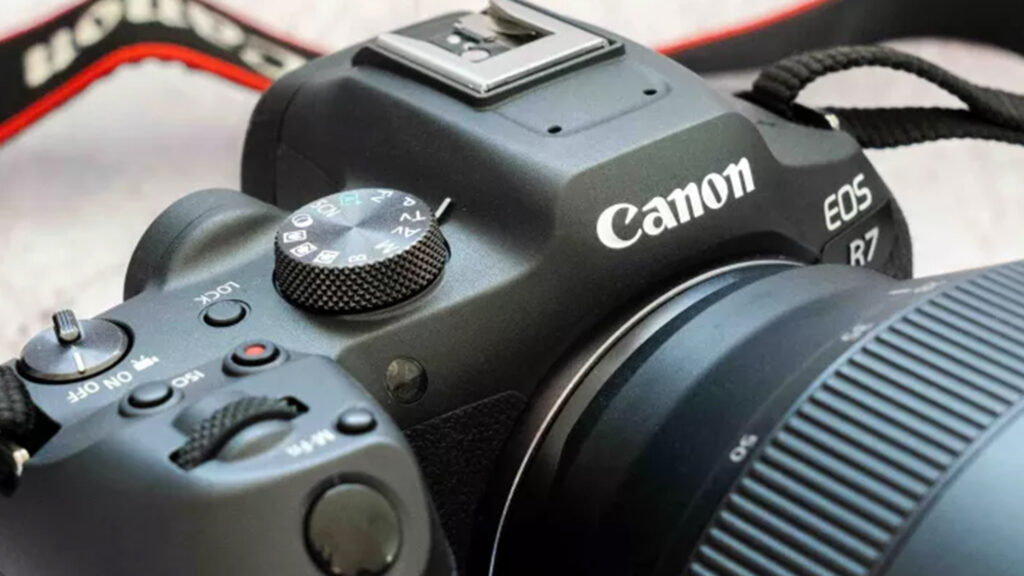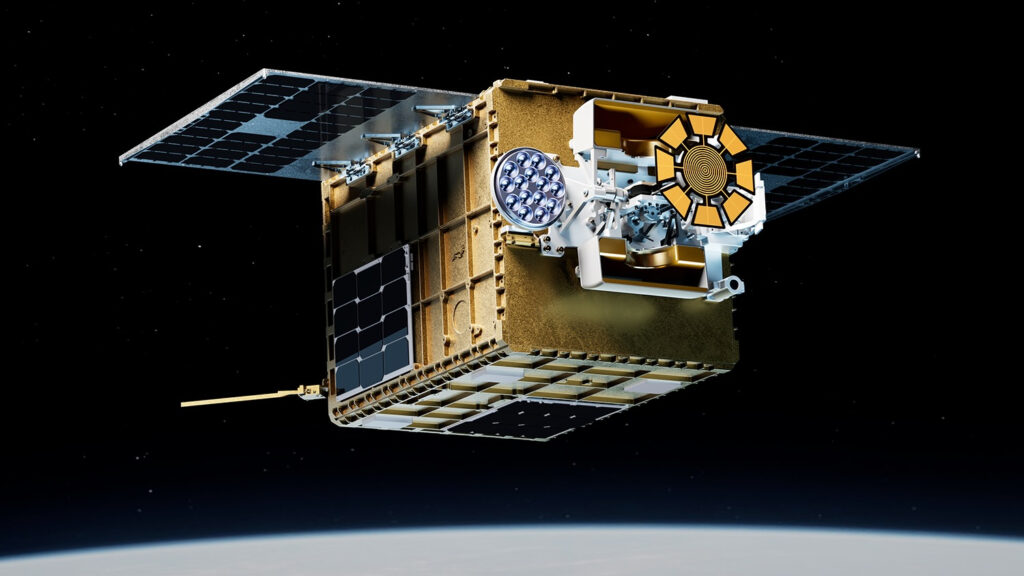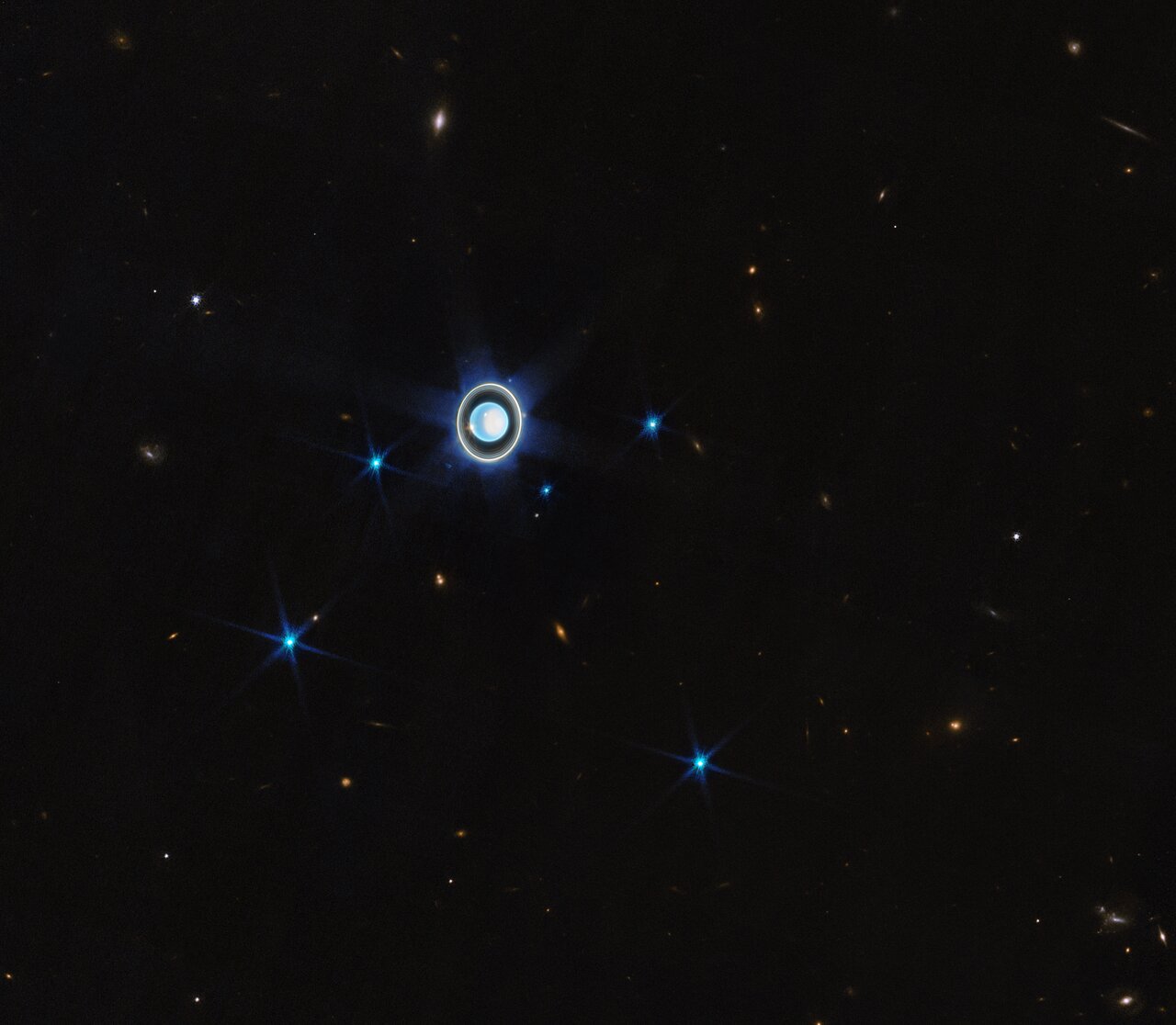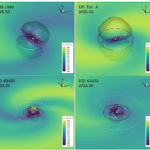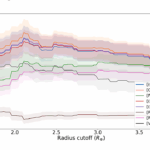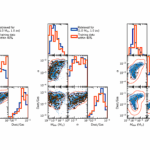Now Reading: Don’t miss the moon pass close to Saturn and Neptune on July 15
-
01
Don’t miss the moon pass close to Saturn and Neptune on July 15
Don’t miss the moon pass close to Saturn and Neptune on July 15
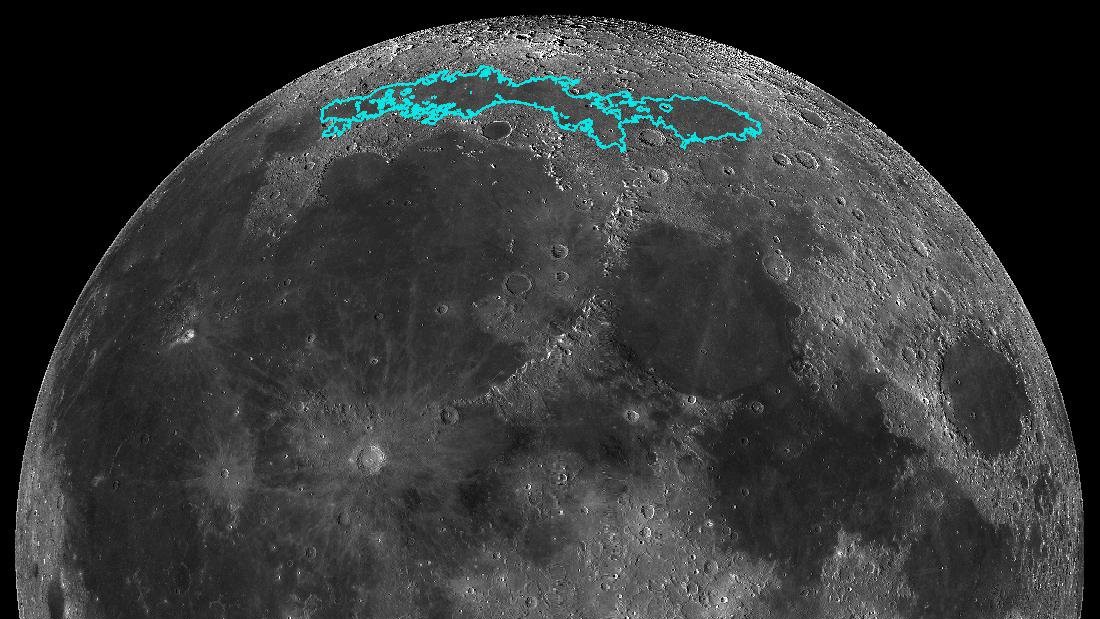
Heads up stargazers! The moon will rise close to Saturn and the ice giant Neptune in the eastern sky on the night of July 15, close enough to be seen together in a pair of binoculars!
Saturn will rise above the eastern horizon beneath the stars of the constellation Pisces shortly before midnight for viewers in the U.S. on July 15, with the waning gibbous moon shining roughly three degrees to its upper right. For context, the width of your little finger held at arms length against the night sky accounts for roughly 1 degree.
The planet Neptune can also be found lurking approximately 1 degree to the upper left of Saturn around this time, though its dim brightness, or magnitude of +7.8, will make it impossible to see with the naked eye. Remember: magnitude is the scale used by astronomers to measure the apparent brightness of night sky objects. The lower the number, the brighter a planet or star will appear in the night sky. The human eye is capable of picking out objects with a brightness of +6.5 or greater from a dark sky location.
All three celestial targets will fit nicely within the field of view of a pair of 10×50 binoculars, though Neptune will appear as nothing more than a dim point of blueish light —if it’s visible at all against the glare of the waning moon — so don’t expect much too much from the ice giant.
Gazing through a telescope with a 6-inch aperture will help reveal the rings around Saturn, while an 8-inch scope may allow you to spot variations in color on the gas giant‘s cloud surface. A range of exciting observing targets will also be visible on the 75%-lit moon on July 15, including the long, thin form of Mare Frigolis — a vast basalt plain visible as a dark scar running across the northern extreme of the lunar surface.
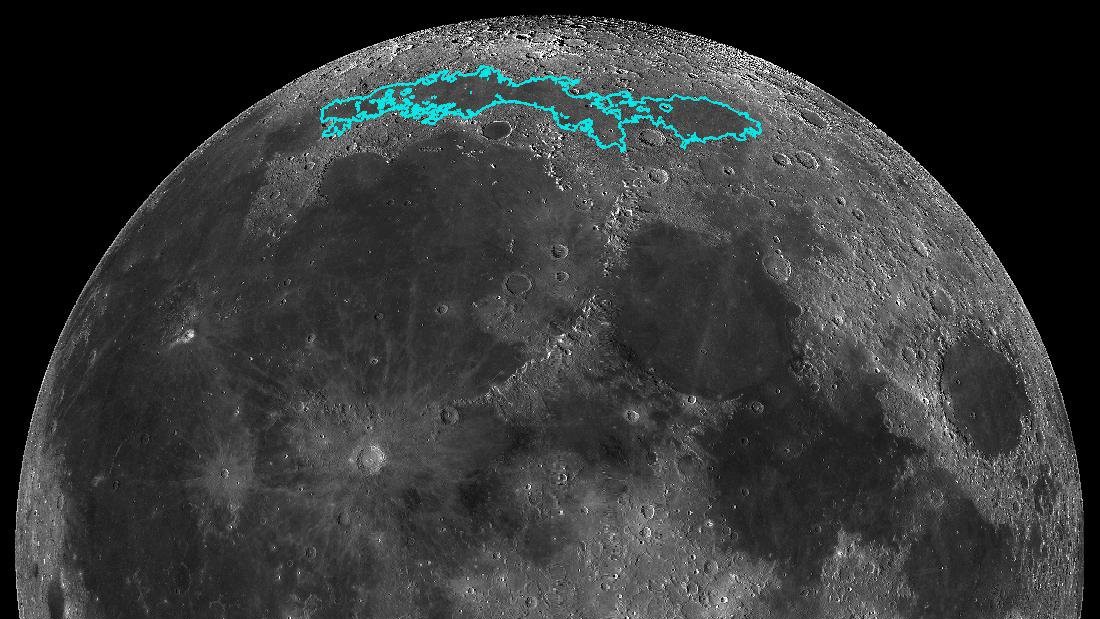
The celestial trio will remain close to each other throughout the night, with Saturn and Neptune eventually fading from sight in the southern sky when the sun rises on July 16.
Stargazers looking to get a closer look at the myriad worlds of our solar system should check out our guides to the best telescopes and binoculars for exploring the night sky. We also have a handy roundup of the best cameras and lenses for astrophotography for those looking to immortalize their skywatching sessions.
Stay Informed With the Latest & Most Important News
Previous Post
Next Post
-
 01From Polymerization-Enabled Folding and Assembly to Chemical Evolution: Key Processes for Emergence of Functional Polymers in the Origin of Life
01From Polymerization-Enabled Folding and Assembly to Chemical Evolution: Key Processes for Emergence of Functional Polymers in the Origin of Life -
 02Panasonic Leica Summilux DG 15mm f/1.7 ASPH review
02Panasonic Leica Summilux DG 15mm f/1.7 ASPH review -
 03Two Black Holes Observed Circling Each Other for the First Time
03Two Black Holes Observed Circling Each Other for the First Time -
 04How New NASA, India Earth Satellite NISAR Will See Earth
04How New NASA, India Earth Satellite NISAR Will See Earth -
 05And Thus Begins A New Year For Life On Earth
05And Thus Begins A New Year For Life On Earth -
 06Astronomy Activation Ambassadors: A New Era
06Astronomy Activation Ambassadors: A New Era -
07SpaceX launch surge helps set new global launch record in 2024













